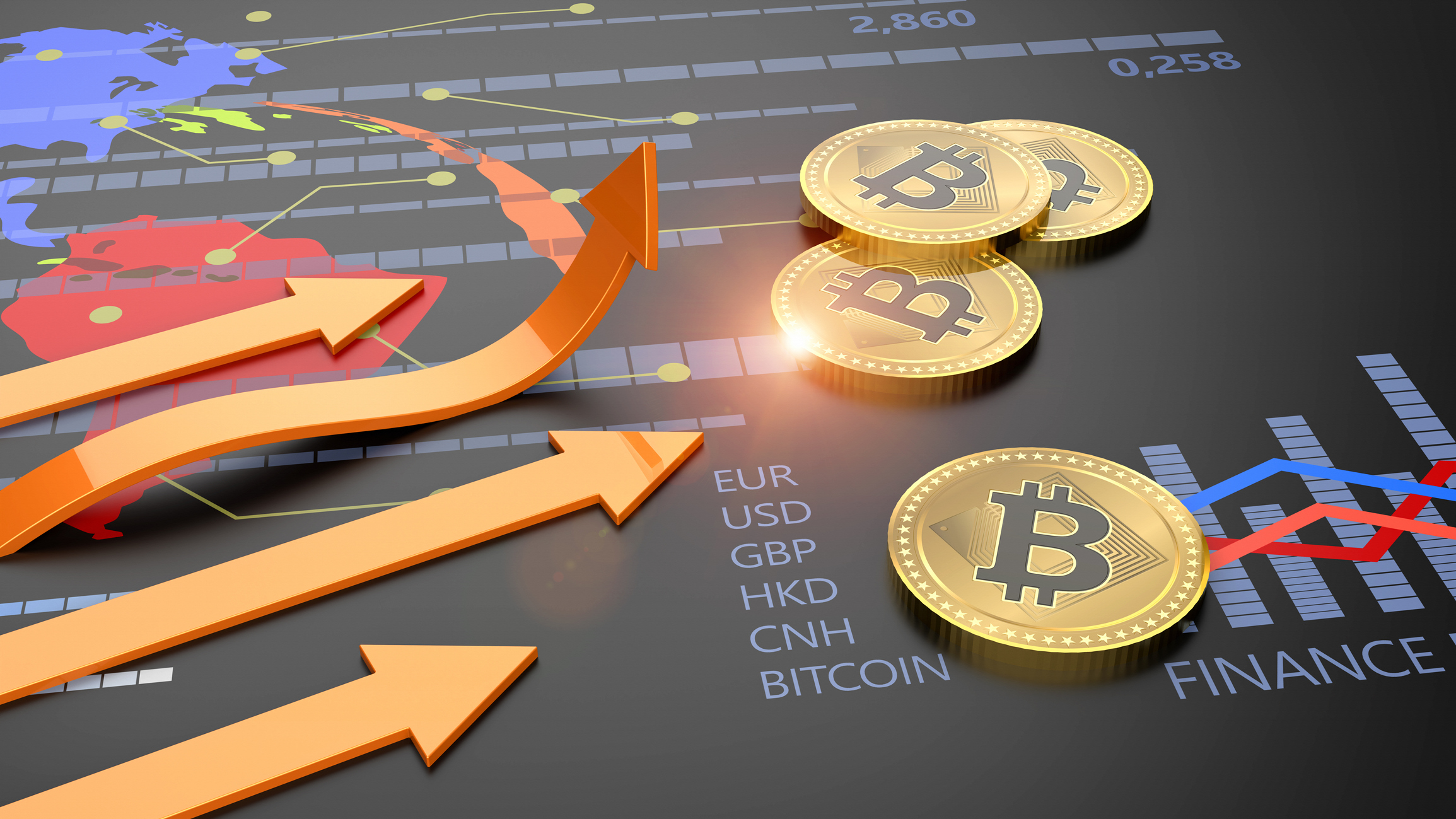Bitcoin's Fourth Halving and Its Impact on Price Appreciation

What is the halving
Occurring roughly every four years, or 210,000 blocks added to the blockchain, the halving reduces the payouts awarded to miners for solving blocks, a process known as proof of work.
As this is the primary means for new Bitcoins to enter circulation, the cut to miner rewards effectively slashes Bitcoin's inflation rate. With the fourth halving now passed, Bitcoin's inflation rate stands at 0.85%, making it less inflationary than gold. This process of reducing its inflation rate will continue until 2140, when the last Bitcoin is scheduled to be mined, and underpins its robust monetary policy, which prioritizes scarcity and finiteness.
The effects of the halving
Since the halvings cut Bitcoin's inflation rate, they effectively change the dynamics around its supply and demand. As a result, even if demand stays constant, then the price has to increase to offset the supply reduction. Essentially, halvings exert upward price appreciation in Bitcoin.
We can see this when analyzing Bitcoin's past performance after a halving. In the years a halving occurs, Bitcoin usually returns around 125% on average. If this trend holds, then that would put its price at $100,000 if measuring from the beginning of 2024.
- Even better, as the effect of the halving solidifies, it is in the years following a halving that the best gains typically arise. In those years, Bitcoin grew by nearly 400% on average. If this halving follows a similar pattern, then Bitcoin could see its price reach somewhere around $500,000 in 2025.
Further exploration of the current landscape
While the halving alone can introduce profound impacts on Bitcoin's price, there are a few other developments that could make this halving unlike any other. A further exploration of the current landscape should help you see that these potential price targets aren't as sensational as they may seem.
First, it's crucial to understand that while the halving alters Bitcoin's production, this halving is unique in that there was an existing supply shock. For the first time ever, there were less coins available on exchanges during this halving than the previous one. Since hitting a peak in May 2020, the total number of coins available on exchanges has plummeted. Sitting at roughly 2.2 million today, these are the lowest levels seen since 2018.
- Then we have the arrival of spot Bitcoin ETFs. In January, the Securities and Exchange Commission (SEC) approved 11 spot Bitcoin ETFs, effectively opening the doors for a new set of buyers to enter the Bitcoin market.
- For individuals unfamiliar with or lacking the technical knowledge required to navigate cryptocurrency exchanges, these ETFs provide a familiar and regulated avenue to gain exposure to Bitcoin through traditional brokerages. Now investors can add Bitcoin exposure to their 401(k) plans or IRAs, effectively lowering the barriers to entry for a broader range of investors.
Only time will tell just how explosive this halving cycle will be for Bitcoin. But with a quick assessment of the implications that every halving brings, as well as the other contributing factors like an existing supply shock and the introduction of ETFs, there's reason for considerable optimism. Even with Bitcoin's price hovering near $66,000 today, as the effects of the halving materialize over the coming months, I'm still buying Bitcoin in anticipation of what's to come.
This article was prepared using information from open sources in accordance with the principles of Ethical Policy. The editorial team is not responsible for absolute accuracy, as it relies on data from the sources referenced.